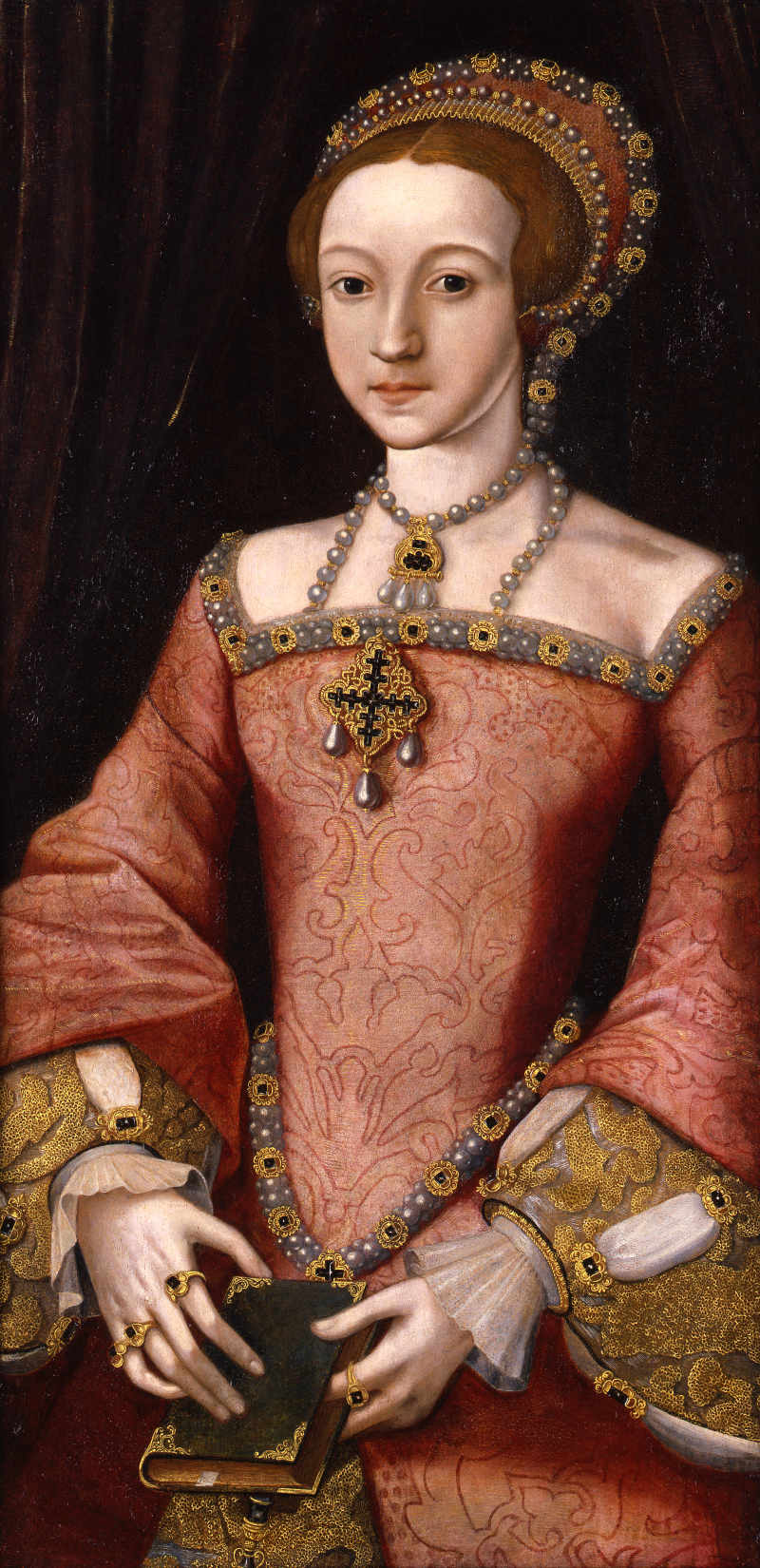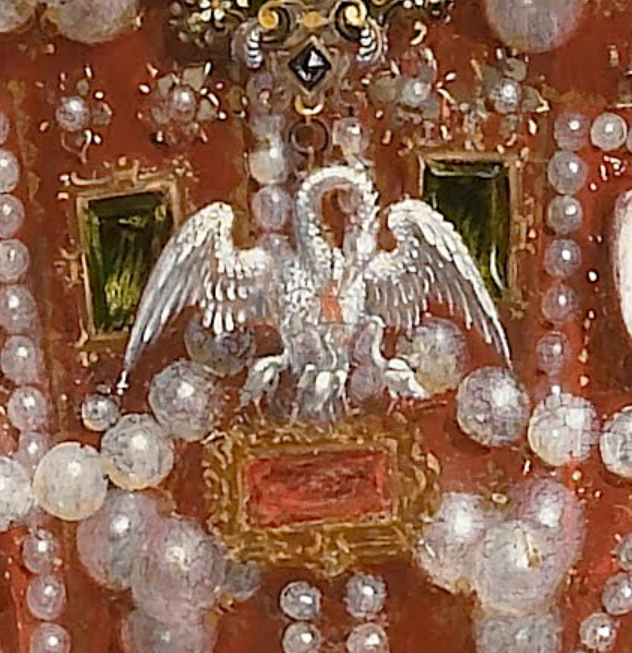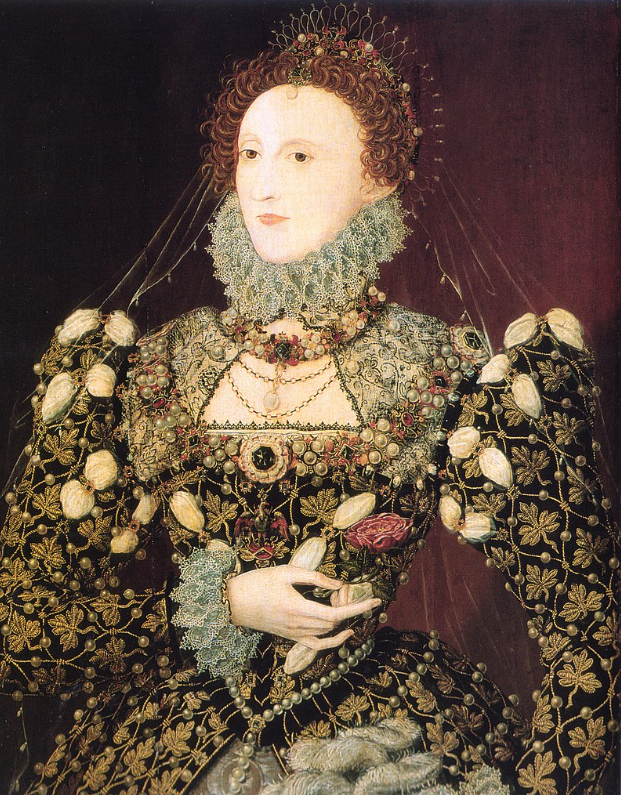Elizabethan Belchamp Walter
Elizabeth I was on the throne 1558 - 1603. She was succeeded by James I. During the period between James I and Charles I Belchamp Walter Manor was "aquired" by the Raymond family.
The Elizabethan period in Belchamp Walter's history saw the manor being administered by The Montgomery Family of Faulkbourne Hall and Sir John Wentworth of Gosfield.
The "Stewartship of Belchamp Walter
As a consequence of the marriages between various families of the area before the Elizabethan period the region of Belchamp Walter's administration is not easy to follow. The confusion has been compounded from the time of conquest and coninued through the marriage of the Botetourt decendants around the 1400's (where I started to look at this).
The "holding" of the land was often split between multiple families and passed on to multiple heirs, co-heirs, and possibly decisions made due to Royal Inquistions. The in-depth research has revealed quite an intrecate sequence of events that is not documented in one place. However, I am not sure that this is any different than any other geneological study.
The Tudor and Elizabethan eras are no exeption to this, the balance of power in the monachy probably had a major influence on the "happenings" at Belchamp Walter.
From the geni.com research:
John Helion William Fynderne John Gernon
Tudor Reformation
The Reformation is considered be the period between 1534 with Henry VIII into the Elizabethan era.
After a brief Restoration of the ties with Rome by Mary I, the Reformation continued resulting in Elizabeth being excommunicated and further "simplication" of Churches continued.
Robert Dudley
There are various stories about the relationship between Elizabeth I and Robert Dudley. He died in 1588, the year of the Spanish Armada
My interest in Robert Dudley was prompted by "The House of Dudley", Joanne Paul.
The Armada Portrait
The Pelican Portrait
Elizabeth adopted the Pelican in her piety as a symbol, portraying herself as the "mother of the Church of England".
According to Wikipedia:
The Phoenix Portrait
Act of Uniformity, Public Act, 1 Elizabeth I
Early in here reign Elizabeth passed an act that all residents over the age of 16 had to attend a Protestant Church every Sunday.
Liturgical conformity in the Church was not established until 1549, when Parliament in a constitutionally significant move passed an Act of Uniformity, which enforced the use of a book of common prayer. The Prayer Book, which had been drafted by Thomas Cranmer, the Archbishop of Canterbury and protestant reformer, was replaced by a second and more radical version in 1552.St Edmunds Hall Oxford - need to look-up the significance of this.



